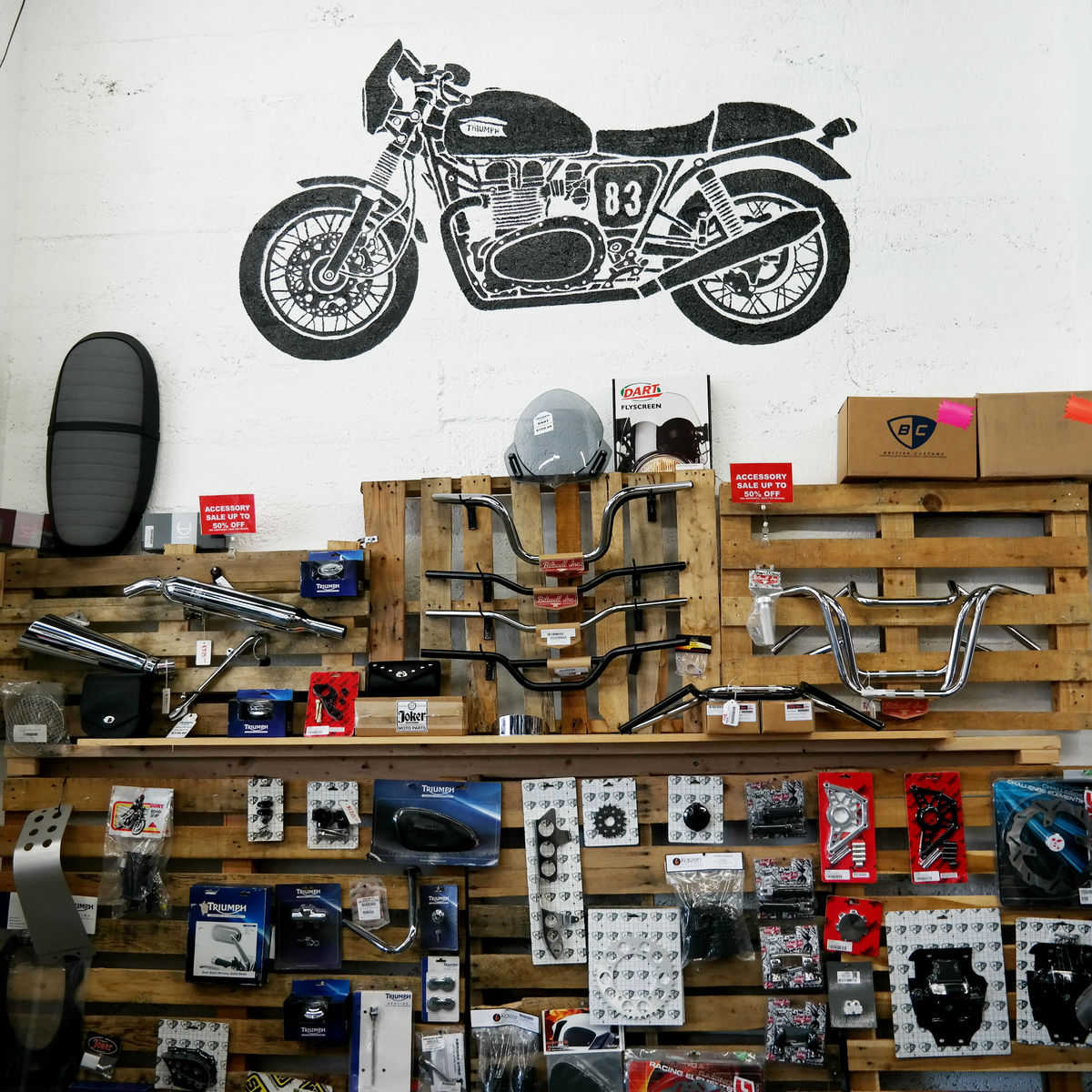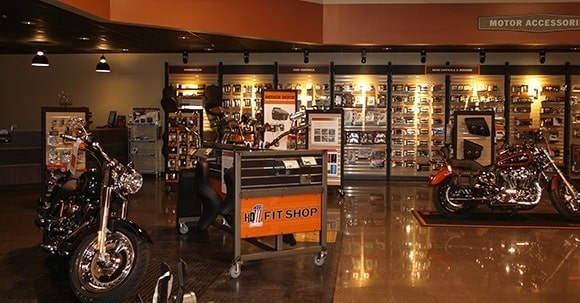Check Out the current Motocross Gear NZ for each Level of Rider
Check Out the current Motocross Gear NZ for each Level of Rider
Blog Article
Recognizing the Essential Parts of a Bike: A Comprehensive Overview for Fanatics
For motorbike lovers aiming to boost their riding experience and ensure their bikes run smoothly, comprehending the crucial elements of a bike is vital. Each element, from the engine's detailed operations to the essential function of the stopping devices, not just affects efficiency yet additionally safety and comfort. This overview will walk via the fundamental parts that every cyclist should know with, allowing informed choices in both maintenance and possible upgrades. As we start this expedition, one must ask: how does each part interact to produce the smooth ride every enthusiast looks for?
Engine Elements

The camshaft plays a crucial role in controlling the timing of the engine's valves, guaranteeing the precise opening and closing necessary for efficient gas and air consumption, as well as exhaust expulsion. This timing is essential to preserving optimum engine performance and performance. Furthermore, the carburetor or gas injection system, relying on the bike design, is responsible for blending air with gas in the right proportion for burning.
The cooling system, either air or liquid-based, functions to preserve the engine's temperature within functional limits, preventing overheating and making certain longevity - motorcycle parts nz. Each part, meticulously developed and incorporated, adds to the seamless operation of the engine, specifying the motorbike's power outcome and total efficiency
Transmission System
Indispensable to the motorbike's performance, the transmission system makes certain reliable power transfer from the engine to the wheels. This system comprises a number of vital components, including the clutch, gearbox, and final drive, each playing an essential function in converting the engine's power into motion. The clutch, normally run by a hand lever, offers to disengage the engine and engage from the transmission, allowing for smooth equipment modifications and controlled acceleration.
The gearbox, typically described as the transmission correct, includes a collection of equipments that cyclists can by hand change with to change the bike's speed and torque outcome. These equipments are prepared in a series that makes it possible for the motorbike to increase efficiently and maintain optimum engine performance throughout numerous speeds. Many bikes use a consecutive gearbox, calling for the cyclist to change gears in a fixed order.
Braking Devices
While understanding the transmission system is key to utilizing a bike's power, equally essential is the ability to regulate and stop that power properly, which is where stopping mechanisms enter play. Brakes are important for safety and security and performance, giving the motorcyclist with the required control to navigate numerous surfaces and problems. Generally, motorbikes include two sorts of stopping systems: disc brakes and drum brakes.
Disc brakes are much more common in contemporary motorcycles due to their remarkable performance. This system offers much better warm dissipation, regular performance, and improved quiting power, especially in damp conditions.
On the other hand, drum brakes, though much less usual, are still found in some motorbikes. They work by pressing brake shoes versus the internal surface of a drum affixed to the wheel. While normally less efficient in warm dissipation and quiting power, drum brakes are less complex and extra economical.
Recognizing these stopping systems' nuances allows bikers to maintain their motorcycles effectively and value the design that makes sure reliable and safe quiting.
Suspension and Steering
Suspension and steering systems are important elements that dramatically affect a motorcycle's handling and adventure comfort. The suspension system, containing forks at the front and shock absorbers at the back, absorbs road irregularities, enhancing security and control. Front forks, inverted or generally telescopic, compress and rebound to mitigate impacts, while rear shock absorbers keep tire contact with the roadway, critical for traction and safety and security.
Guiding, focused around the handlebars, links the cyclist to the motorbike's directional control. The guiding head bearings make certain smooth procedure, enabling specific ability to move. Correct positioning and maintenance of these bearings are crucial for foreseeable guiding feedback and reducing cyclist fatigue.
The suspension's adjustability is one more essential aspect; preload, damping, and rebound settings allow modification to suit different riding designs and problems. This flexibility is crucial for maximizing performance, whether browsing urban streets or taking on rugged trails. Technologies like electronic shock absorber provide real-time modifications, boosting adventure quality across varied surfaces.

Electrical Systems
After making sure a smooth and regulated adventure with helpful resources effective suspension and steering systems, focus turns to the electrical systems, an essential aspect of modern motorbikes. These systems play an essential duty not just in beginning the engine yet additionally in powering different components that boost the performance and security of the motorbike.
At the heart of a motorcycle's electric system is the battery, which stores electric power necessary for beginning the engine and powering supporting systems - motocross gear nz. The alternator or generator, coupled with the rectifier-regulator, makes sure the battery continues to be charged while the motorbike is in procedure, transforming power right into electrical power and preserving voltage levels
The ignition system, an additional critical element, is in charge of sparking the air-fuel blend in the engine's cylinders. Modern motorcycles commonly make use of an electronic ignition system, supplying better effectiveness and reliability contrasted to standard systems.
Illumination systems, consisting of fronts lights, tail lights, and signs, are also essential, making certain visibility and safety for the cyclist. Additional electronic components such as sensors, control systems, and presents add to Look At This advanced features like gas shot administration, anti-lock braking systems (ABDOMINAL), and digital dashboards, additionally improving the riding experience.
Verdict
A detailed motorbike helmets near me comprehension of a motorbike's necessary elements, consisting of the engine, transmission system, stopping systems, suspension, guiding, and electrical systems, is important for lovers intending to maximize efficiency, safety, and comfort. Proficiency of these elements permits informed choices concerning maintenance and upgrades, ultimately improving the riding experience. By incorporating this expertise, cyclists can ensure their motorbikes run at peak performance and reliability, thereby making best use of both pleasure and long life of their vehicles.
For motorbike fanatics looking to raise their riding experience and ensure their bikes run efficiently, understanding the essential parts of a motorcycle is extremely important.Essential to the bike's performance, the transmission system guarantees effective power transfer from the engine to the wheels.While understanding the transmission system is vital to using a motorcycle's power, similarly crucial is the capability to manage and quit that power efficiently, which is where stopping devices come into play. Normally, motorbikes feature 2 kinds of stopping systems: disc brakes and drum brakes.
A complete comprehension of a bike's essential components, consisting of the engine, transmission system, stopping devices, suspension, steering, and electrical systems, is indispensable for lovers aiming to maximize safety and security, efficiency, and comfort.
Report this page